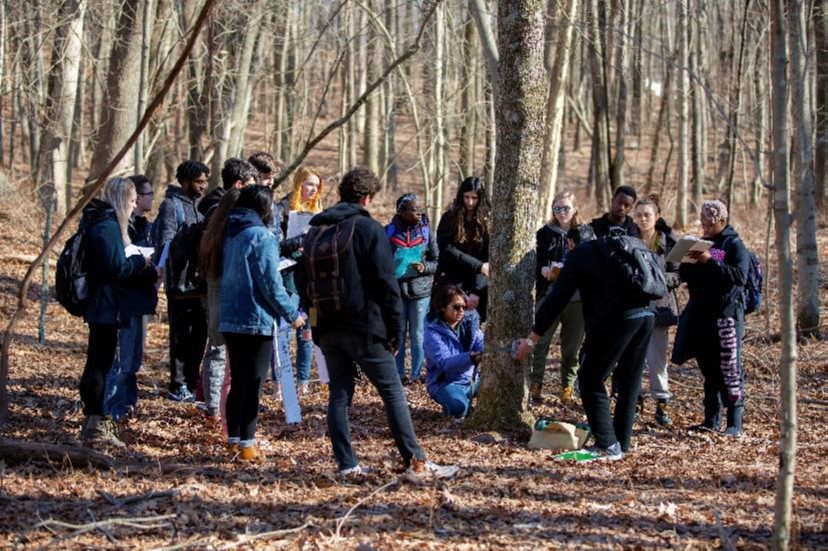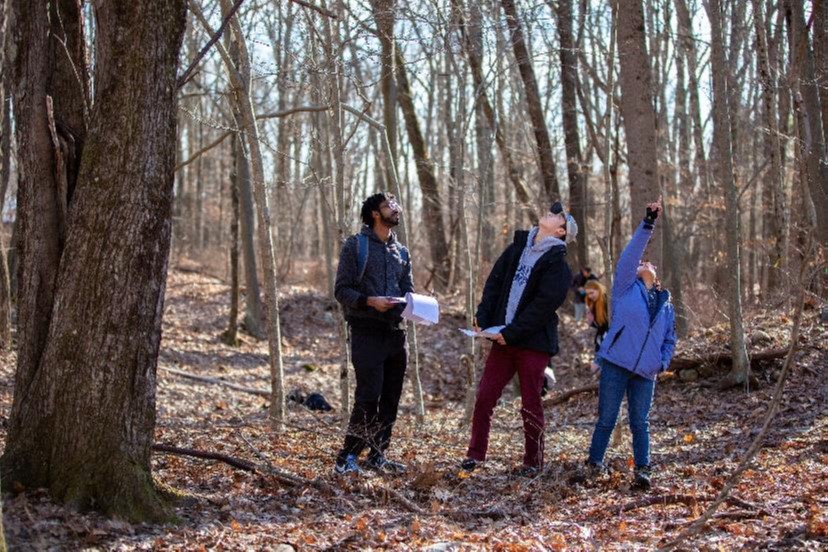As an Associate Professor in Residence in the Department of Ecology and Evolutionary Biology, my primary responsibilities are to (1) introduce undergraduate students to the subjects of ecology and evolutionary biology and provide a solid grounding in ecological concepts, (2) promote their interest in the scientific exploration of their natural world, and (3) help them build communication and quantitative skills that will serve them throughout their lives.
Effective learning occurs when students are actively engaged in inquiry-based lessons that encourage independent thinking. My teaching philosophy is built on 1) inquiry-based learning approaches, 2) providing real-world context and 3) using multiple presentation methods to accommodate diverse student backgrounds and learning styles. As a teacher, I want my students to actively engage with the material and synthesize knowledge rather than passively observe the class.
My teaching promotes learning through an interactive lecturing style, innovative learning and evaluation techniques and the development of a supportive learning environment. Due, in part, to my experience teaching internationally, I am acutely aware that education has to transcend cultures, ages, and socio-economic boundaries. Increasing diversity is important to provide opportunities to a wide cross-section of society and increase representation within STEM fields. To engage students with diverse backgrounds and learning styles, I use a variety of presentation methods including traditional lecture formats, graphical presentations and animations, cartoons, film clips, mathematical derivations and interactive approaches.
Most semesters I teach General Ecology, EEB 2244. During the fall I also teach a graduate seminar, Current topics in Biodiversity, EEB 5369 and co-teach Biology of the Vertebrates, EEB 2214. During spring semesters, I additionally teach an advanced writing course, Writing in Ecology, EEB 3244W.

Students setting up a camera trap in the woods next to campus

My classes enjoy seeing the photographs of wildlife produced by the cameras they set up in General Ecology (EEB 2244). Here is one of a bobcat (Felis rufus)!

Students identifying trees using bark characteristics that they learned the previous week.